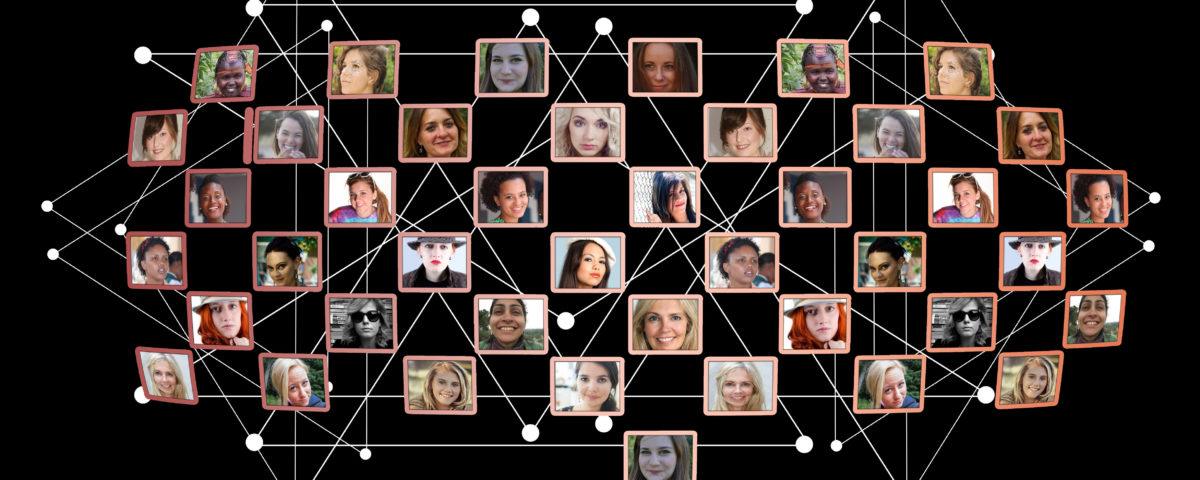So, you are keen to create a successful women’s network in your organisation. Sounds easy, and fun, right? Just get a nice bunch of female colleagues together, get a few of the most enthusiastic ones to volunteer for the organising committee, invite a few speakers throughout the year, get the right manager to agree and …you’re off.
True, it doesn’t have to be hard, but what if you want to make a real difference? What if you want a bit more than just a lovely place to meet like-minded people? What if you want to achieve tangible results? Perhaps you want to place the topic of gender balance firmly on the agenda in your organisation. Or, perhaps you would like both men and women to advance at the same rate. How could you achieve that?
Women’s networks or gender networks are usually started by people with great ambitions and laudable goals. Yet, the impact is often limited. So what is the key if you want to create a successful women’s network? What can you do to achieve real results?
The key is to have clear and realistic goals. Sadly most women’s networks start out with too many goals, some of which are completely unrealistic considering. After all, you have to take into account you will be working with a network of volunteers in a formal organisation.
So if you want to create a successful women’s network in your organisation, be clear on your goals.
To decide on the goals of your network. Key questions are:
- Why are you starting this network?
- What do you want to achieve with it?
- What would need to happen to make it achievable?
Let’s evaluate the 5 goals that most people I have met mention.
1. Sounding board
A women’s or gender network is often set up as a sounding board for management, so they can test new initiatives aimed at achieving gender balance and get feed back on barriers women come across. This is usually set up to support a wider strategic initiative to create gender balance. I have seen this work well in many organisations, and other staff networks or employee resource groups, such as LGBT+ groups, BAME groups or (Dis)Ability networks. For instance in the Manchester Fire Service.
2. Get gender balance on the agenda
A women’s or gender network can sometimes be an effective way to show that gender balance is an important topic to employees. To achieve results you need to think carefully though about your strategy, and chances of success. Is a women’s or gender network the right way? What other ways are there to get the topic on the agenda? Would they perhaps be more effective? Who do you need to influence to get the topic on the agenda and what works for them? Check out these other methods to engage senior leaders in gender balance.
3. Raise confidence and aspiration levels of women
Women’s networks are often intended to connect like-minded women, so they gain confidence and inspiration from sharing stories and experiences. This can be very effective, and you can read more here on why women’s networks work so well and how you can maximise your own networking in a women’s network
However, confidence and inspiration don’t lead to career success on their own. If you are keen for women to advance at the same rate as men, a women’s network does not work.
Why not? Simply because you need the people on board who take decisions on promotion. A voluntary network by itself isn’t going to change the culture or processes in an organisation. That requires a wider strategic approach.
4. Raise awareness on why it’s different or harder for women
I often hear people tell me they would love more men to come to events of their women’s network as it’s so important that men know how it’s different for women. My question then is why? What’s in it for them? And once they know it is different for women, what will they do?
If this is why you would like to start a women’s network then let me ask you: Would you go to events for accountants if you were not an accountant? Would you go to events for dog owners if you weren’t a dog owner?
So why would men come to an event organised by women, about issues that women face? There are much better ways to change culture, attitudes, who gets recruited and who get promoted than a women’s network.
5. Developing women
Women’s networks often aim to develop women. The ideas is that women learn the skills they need to progress in their career in an organisation designed for men. A great goal in itself. However developing people is usually already part of the responsibility of HR or L&D. Creating a separate space for developing women seems odd from that perspective and, in fact, may be less effective. Especially if done without proper cooperation from HR and integration with other learning and development initiatives.
So, if you are keen to create a successful women’s network in your organisation. Take some time to evaluate your goals, be clear on them going forward and remember that another tool may be more effective to achieve your aims!



Author: Inge Woudstra
Would you like to know more or have a question? I am always happy to have a chat to discuss your needs. Why not drop me a line or pick up the phone? Call me at 01372 457 907 or Just contact me to discuss your requirements by e-mail.I can help you recruit, retain and advance women, and typically work with organisations in tech and engineering.
Or just check out my book 'Be Gender Smart - The Key to Career Success for Women'